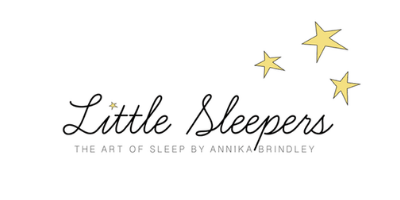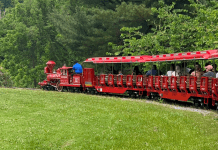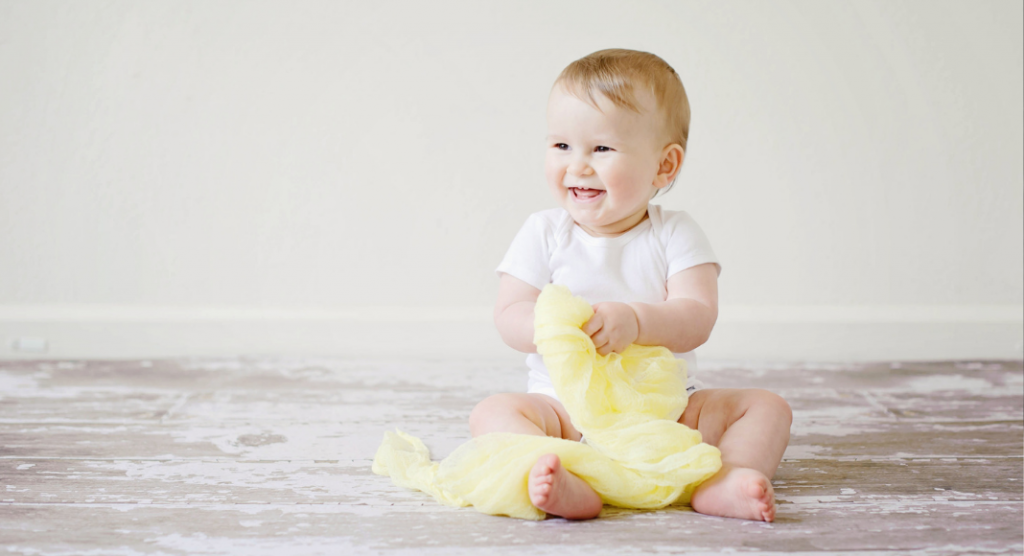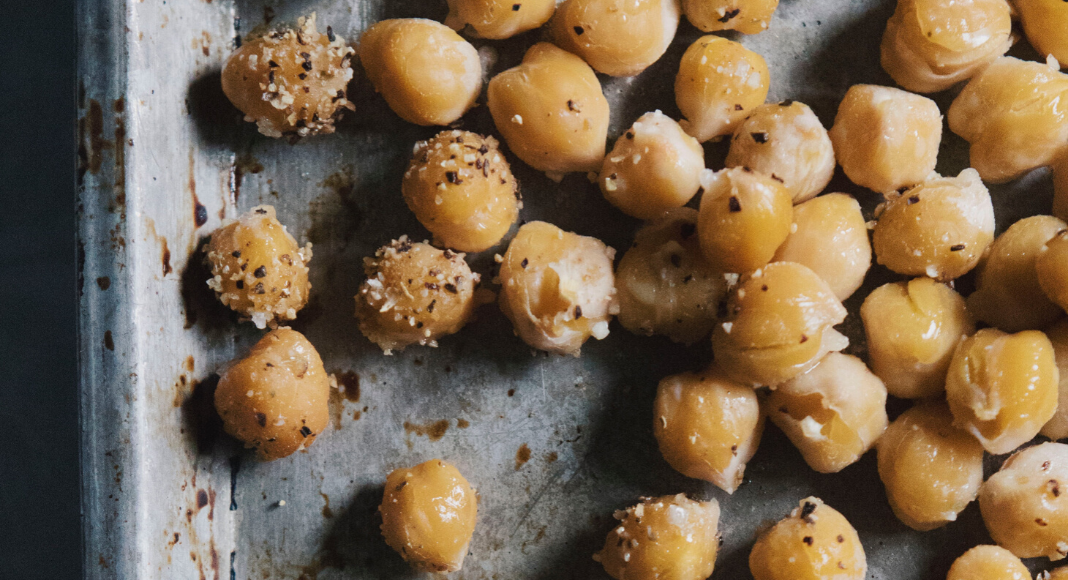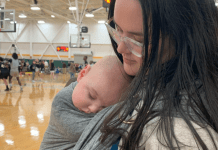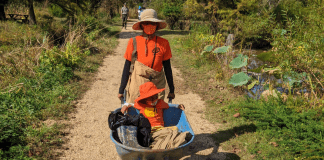A Child Sleep Consultant’s Perspective on the Tesla of bassinets: The Snoo Bassinet.
Last night my seventeen-year-old daughter called me. She was babysitting her first infant “for the first time”; she said, “Hi, Mom, what does “Snoo the baby” mean?”
It was a bit hard not to laugh out loud. The word “Snoo” is a word I say and hear daily, but “Snoo the baby” takes the cake.
“They told me to “Snoo her” at 8:00 pm after I’ve finished giving her the bottle. What does “Snoo her” mean? I was too embarrassed to ask and knew I could always ask you!”
As the world collectively slipped into the new intransitive verb “Google it” when needing to do an internet search, it appears that the parenting world of newborns has maybe made its mark too with “Snoo her.”
Pediatrician Dr. Harvey Karp invented the Snoo. He also wrote the go-to infant parenting book called The Happiest Baby on the Block (fondly known as The 5 S’s Book!). Soon after publication, babies worldwide had parents following his steps: Swaddle, Side-Stomach Position, Shush, Swing, and Suck. Then in 2016, in walks the Snoo.
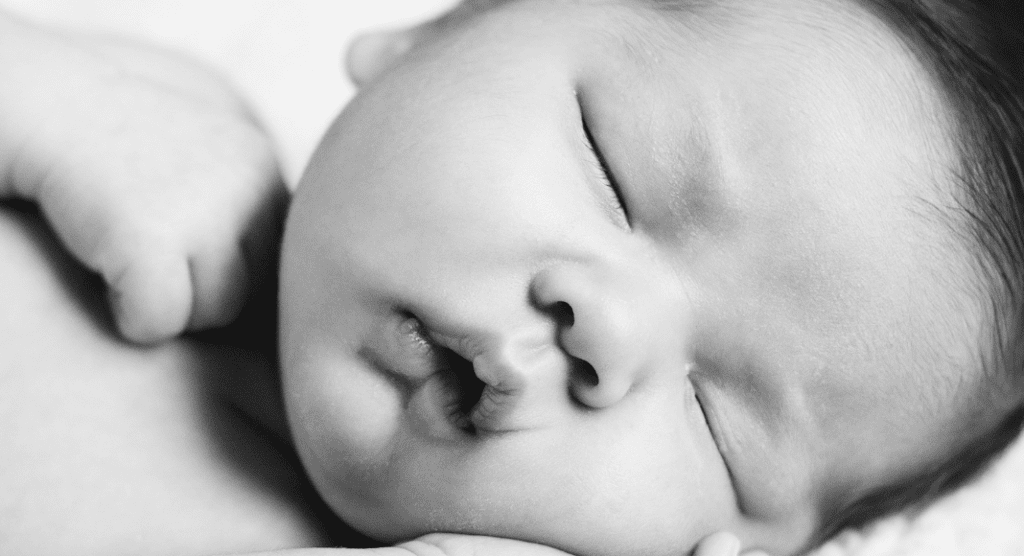
What is the Snoo?
The Snoo is often called the Tesla of bassinets. The Snoo is a “Smart” bassinet and responds to your baby’s sounds and movements. It comes with a swaddle that safely zips into the bassinet, making it hard for any parent to mess up the often challenging traditional swaddle.
Besides the swaddle feature, the Snoo has a built-in microphone and speaker and listens to a baby’s sounds. It responds by rocking and by playing white noise when it senses the baby is beginning to wake.
It was designed to do a lot of the hard leg work and read your baby’s needs.
Since then, the question has been: To Snoo or not to Snoo?
The bottom line is that it depends on your baby: the Snoo is either a magical unicorn or an expensive laundry basket.
I say this with deep respect for the Snoo. I also say it with a bit of envy, as “the Snoo” had yet to be invented when I had babies with reflux who screamed all day long. Yes, even a baby sleep consultant can produce a beautiful bundle of uncomfortable babies.
Owning a Snoo does not mean your baby’s sleep challenges are magically solved. It means that instead of holding, rocking, and shushing your baby for hours on end, you kindly delegate that job to the Snoo, your new BFF. It’s like hiring a grandma to hold and safely rock your child to sleep, all night.
The Snoo can be a real lifesaver – “the magical unicorn.” In the best case scenario, it will help your baby to fall asleep and stay asleep without endless hours of rocking and holding.
However, some babies do not take to the Snoo and it becomes an “expensive laundry basket.” And buying one can feel like a gamble as it comes with a hefty price tag. Some good news is that today you can rent a Snoo, making it more affordable and allowing you not to have buyer’s remorse on top of your sleep deprivation.
You’ve Got the Snoo. Now What?
If you decide to use the Snoo, you may need to do some sleep training when it is time to be done with the Snoo.
Why? Because your baby has learned to fall asleep with the multitude of sleep crutches contained in the Snoo. The Snoo comes with instructions on weaning a baby off these sleep crutches but the steps may or may not work easily for your baby.
By twelve to sixteen weeks, most sleep crutches begin to break down. Your baby has a huge cognitive burst and is onto you! He is very aware of you rocking him to sleep and then putting him into the crib.
The Snoo is not the only smart one; babies are very smart as well as logical.
Making the Transition from Snoo to Crib
Parents want their baby to easily transition to sleeping in the Snoo to a certified crib with a firm mattress, no bumpers, no swaddle, and using an infant-safe sleep sack.
But there is no quick fix or free pass when you are teaching a new way to sleep. Think about it: our baby was rocked to sleep and swaddled. Now, that has changed. He thought that sleep is: my Snoo rocks me and plays sounds for me. It is how he learned to sleep.
Now, he needs to be taught another way to sleep, one in which he can learn how to soothe himself.
Think of the Snoo as you would training wheels on a bicycle. Your child may learn to ride the bike with training wheels. Those training wheels have to come off at some point, and it will appear that your child is back to square one. He never learned how truly to ride a bike; he learned to ride a bike with training wheels.
Yes, use the training wheels, but accept that it’s just one step on the way to learning to ride the bike, not the full solution. Yes, use the Snoo, but accept that it too, is just one step in the process of teaching your child to sleep.
Change often feels hard to parents. Being faced with change is how babies grow to their fullest potential as humans. The soothing Snoo did for your baby is what he now needs to learn. The Snoo was great, and now this next chapter of learning gets better. Embrace the change and see it as an exciting adventure.
If you find that the Snoo helps your baby sleep, then, by all means, use it. It is a great tool to help you get you and your baby to sleep in those first months. Just know that the time to transition will come and, for many, it will be as difficult as transitioning away from co-sleeping or any other sleep crutch that enables babies to get the sleep they need during early infancy.
Annika Brindley is the founder of Little Sleepers. She has been a sleep consultant for infants, children, and adults for more than 20 years. She also works as a parent coach and leads coaching circles for graduates of the Little Sleepers program.
